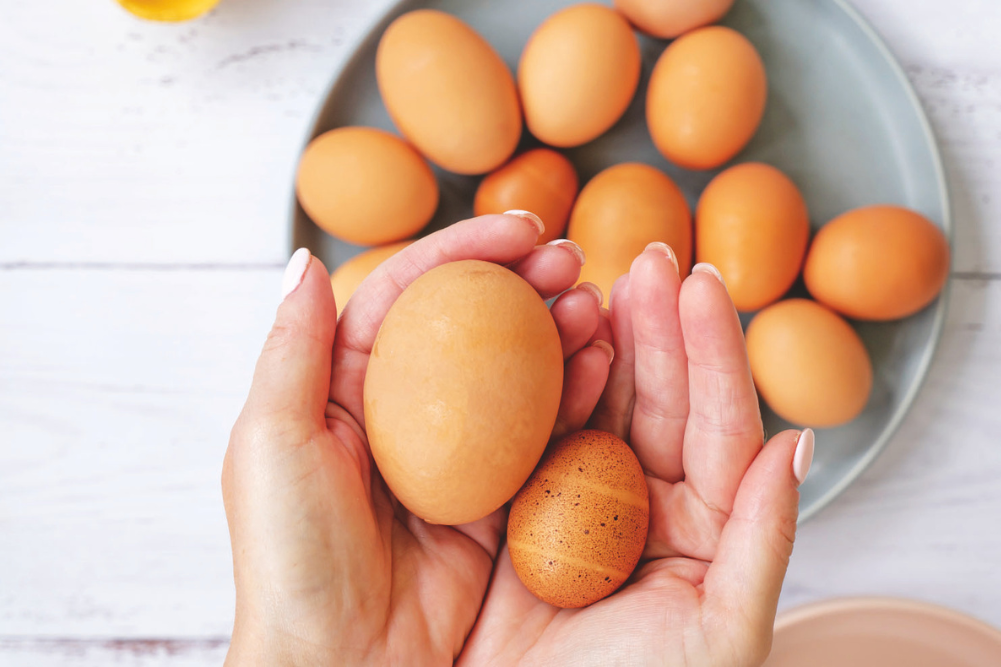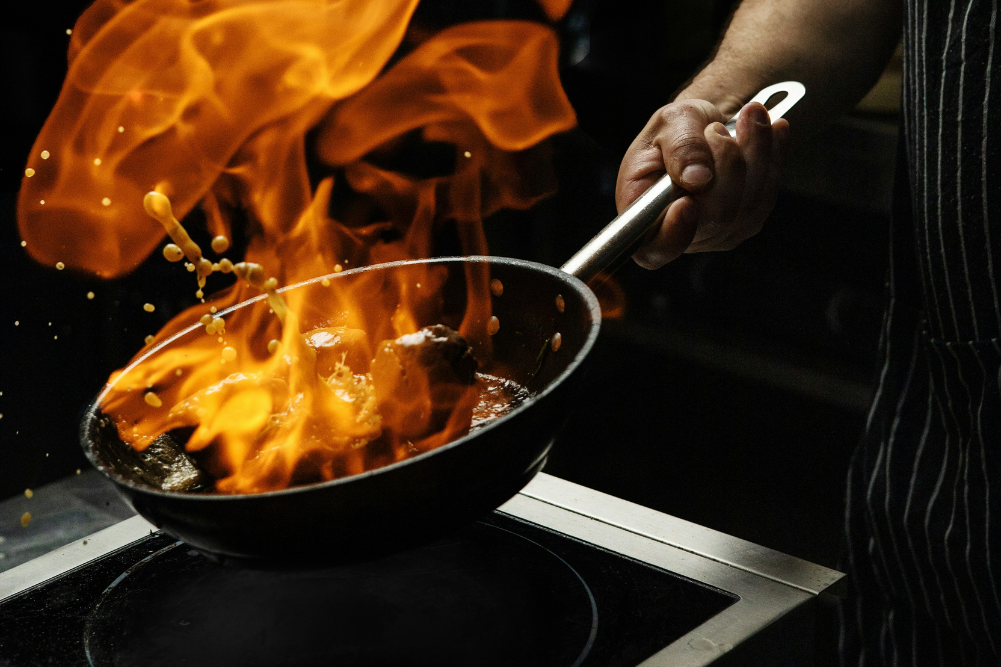Your guide to healthy breakfasts
Your guide to healthy breakfasts
Breakfast should be your favourite meal of the day as it offers the opportunity for some sumptuous but healthy dining.
Servings
Prep time
Cook time
Recipe
Ingredients
Method
Tried this recipe? Mention @wellbeing_magazine or tag #wbrecipe!







